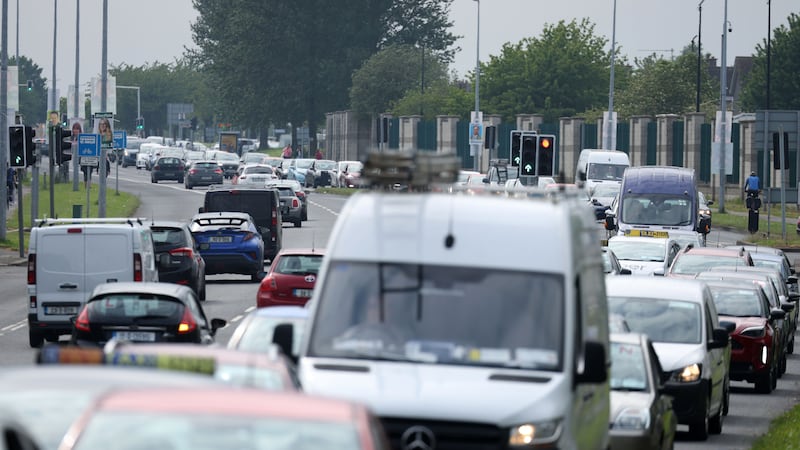Rosslare Europort has announced plans to establish an offshore renewable energy hub at the port at the cost of €350 million and with the potential creation of up to 2,000 jobs.
There are plans for the digitalisation of the port, new freight and passenger facilities, storage and important facilities, and a new permanent Border Control Post within the port. There will also be a new N25 access road.
Rosslare Europort had been "to the forefront" of the national response to "critical issues" in recent times, including the response to Brexit, and the establishment of facilities for Ukrainian refugees arriving in recent weeks, Jim Meade, chief executive of Iarnród Éireann said.
“Now, as we face the urgent need for decarbonisation and to ensure energy security, the board and management of Iarnród Éireann fully supports the ambitions of Rosslare Europort to be Ireland’s offshore renewable energy hub,” he said.
The port was "uniquely placed to support the development of the industry" and could be "a transformative one for the South-East region," Glenn Carr, general manager of Rosslare Europort said.
In terms of economic potential, the South-East “can be to offshore renewables what Dublin’s silicon docks are to the tech sector,” Mr Carr said.
The national Climate Action Plan targets five gigawatts from offshore renewable energy by the end of 2030, and backers say Rosslare has "unmatchable advantages" to support this, including its location within 60 nautical miles of most planned developments in Irish and Celtic seas.











